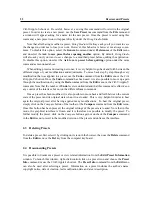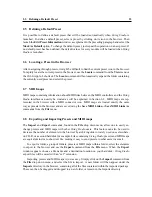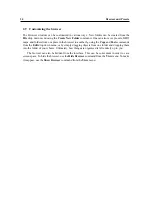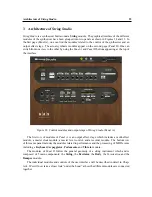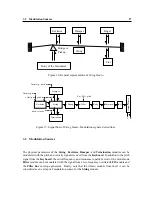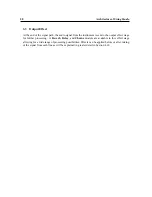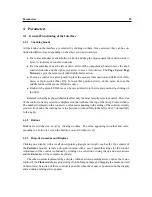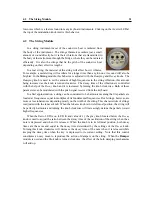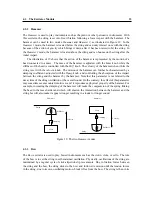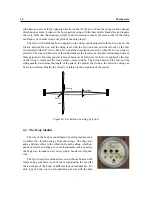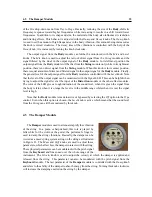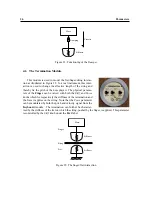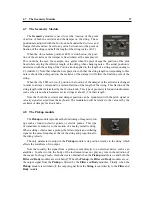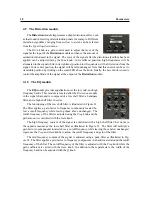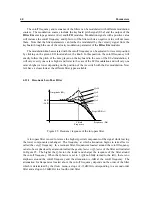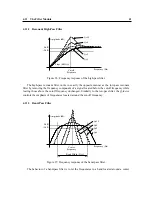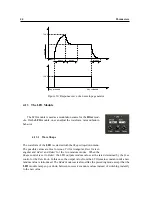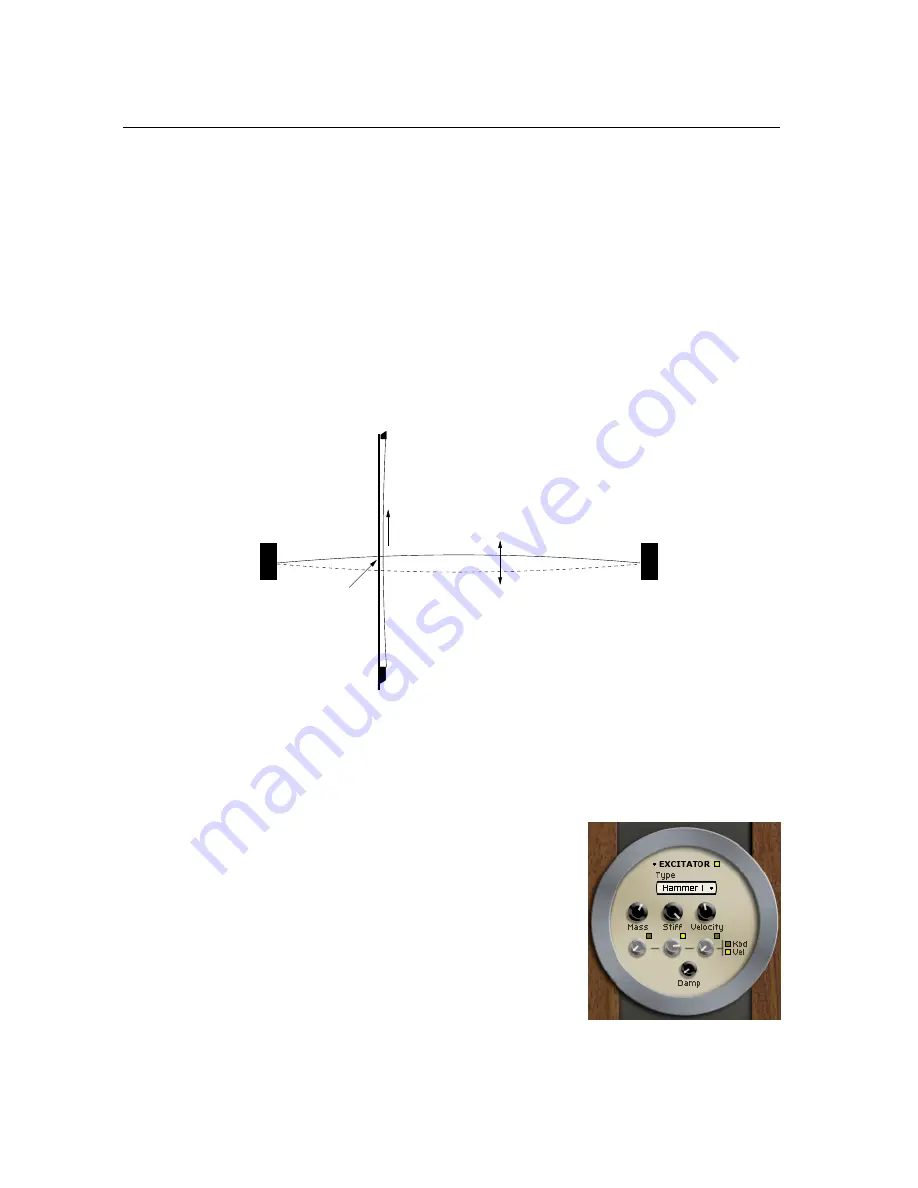
34
Parameters
slip phase and moves in the opposite direction to that of the bow. When the string motion changes
direction once more, it sticks to the bow again, moving with the bow until it breaks free and repeats
the cycle. Note that the frequency of this stick-slip motion is exactly the same as that of the string
oscillation; or, in other words, the pitch of the note played.
The force with which the bow is applied on the string can be adjusted with the Force knob, the
friction between the bow and the string is set with the Friction knob, and the velocity of the bow
is controlled with the Velocity knob. Note that the damp knob is inactive when the bow excitator is
selected. The tone and behavior of the instrument are the results of a complex relationship between
these parameters but some general rules can however be followed. As the force applied by the bow
on the string is increased, the tone becomes more scrubby. The friction between the bow and the
string usually determines the length of the attack; the greater the friction, the faster the string can
be set into motion. Finally, the velocity is related to the amplitude of the sound.
Force
Velocity
String
Bow
Figure 20: Excitation of a string by a bow
4.4
The Body Module
The role of the body or soundboard of a string instrument is
to radiate the vibration energy from the strings. The body also
adds a filtering effect to the vibration from the string which de-
pends on its size and shape. In some instruments such as guitars,
the body also includes an air cavity which boosts low frequen-
cies.
The Type drop-down menu allows one to choose between dif-
ferent body geometries, each of them reproducing the spectral
characteristics of the body of different type of instruments. For
each type of body one can also determine its size with the help
Summary of Contents for STRINGSTUDIO
Page 1: ...USER MANUAL ...



